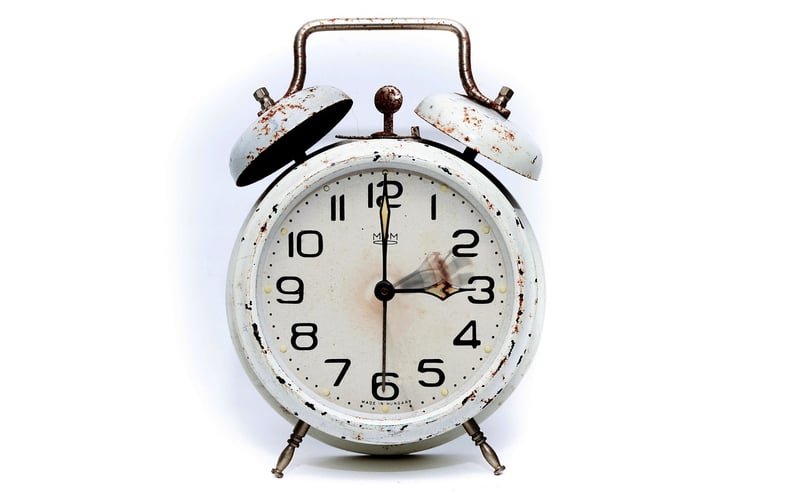Historical Etiquette
Expert Time-Travel Advice and Historical Etiquette
The Art of Time Travel
Time travel has always fascinated humanity, whether through literature, movies, or our wildest dreams. While time machines may not yet be a reality, there are ways to experience the past through historical reenactments, museums, and immersive experiences. Here are some expert tips for your time-travel adventures:
Research Your Destination
Before embarking on a time-travel journey, research the historical period you plan to visit. Understanding the customs, language, and social norms of the time will enhance your experience and prevent cultural misunderstandings.
Dress the Part
Immerse yourself fully in the past by dressing in period-appropriate attire. Whether it's the Roaring Twenties or the Victorian era, wearing the right clothes will not only make you blend in but also show respect for the time period.
Historical Etiquette
Etiquette varied greatly throughout history, with each era having its own set of rules and customs. Here are some historical etiquette tips to help you navigate different time periods:
Victorian Era (1837-1901)
- Address people with proper titles such as Mr., Mrs., or Miss.
- Avoid discussing topics like politics or money in polite company.
- Always wait for the hostess to start eating before you begin your meal.
Renaissance Period (14th-17th centuries)
- Bow or curtsy when meeting someone of higher social standing.
- Use formal language and avoid slang in conversations.
- Offer gifts as a sign of respect and appreciation.
Conclusion
Time travel allows us to explore different eras, learn from the past, and appreciate how far society has come. By following these expert tips on time travel and historical etiquette, you can make the most of your journey to the past and truly immerse yourself in a bygone era.

